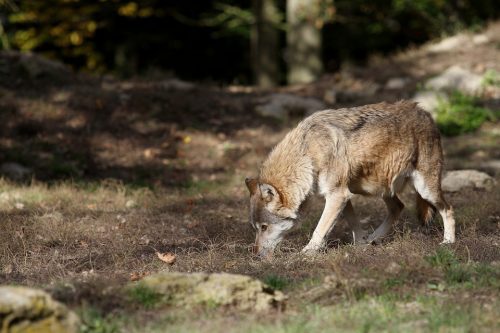It’s essential to think about your requirements, priorities, and budget before investing in a trail camera. Choose a model that offers the features that you consider to be most important. This guide provides practical tips on how to choose the right trail camera.
Look for a dependable game camera that offers good battery life, a fast trigger time and a reasonable megapixel count. An infrared flash that doesn’t startle bucks will allow you to capture images in the night.
Key Feature Checklist For Choosing a Trail Camera
- Megapixel count
A high megapixel count isn’t the only thing that needs to be considered while choosing a deer camera.
Here’s what you need to know about msaada lisatietoja the megapixel count:
- A camera with a high megapixel count may produce low-quality images because it has cheap lenses.
- You may find that another camera with a lower megapixel count produces much better images.
- Many manufacturers use interpolation to enhance the resolution of their cameras as a marketing gimmick.
- Interpolation involves enhancing the native resolution of a camera by means of software to provide a higher megapixel count.
- This doesn’t enhance the image quality or allow you to zoom in to see greater detail.
- However, it greatly increases the size of the file, so it requires much more storage space and longer recovery times.
- It’s best to compare unedited images from a few trail cams before selecting one of them.
- Compare the pictures on the basis of resolution, color, contrast, and clarity.
- Categories of flash
A camera flash will help you to capture images of animals during the night. This is the time when most pictures of bucks tend to be captured. Normally, game trail cameras use one of three types of flash to capture images of animals in the night: white flash, red-glow infrared flash or no-glow infrared flash.
- White flash
A game camera with white flash can capture colored images in the night. While the colored images are an advantage, a bright flash of light is more likely to scare animals in the night. It will also be visible to humans, who will find out where your camera is. - Red-glow infrared flash
A deer camera with red-glow infrared flash produces a dim red glow while capturing images in the night, so it’s less likely to scare animals away. Red-glow flash produces black-and-white images that are brighter and less grainy than those captured with no-glow flash. The downside is that it can be seen by humans. - No-glow infrared flash
A trail camera with no-glow infrared flash will not be seen by animals and humans when it captures images in the night. It will not spook animals and can be used as a covert trail camera as well as a security camera. The downside is that it produces black-and-white images that are more grainy and darker than those captured with red-glow flash.
- Trigger time
A game cam is triggered by a combination of motion and heat when an animal enters its detection zone. The trigger time is how long a trail camera takes to capture an image from the time when it first senses the presence of an animal.
A camera with a faster trigger time is more likely to take a photo of a buck that walks past it without stopping. A slower camera may not be able to capture any image or it may take pictures of the tail ends of deer.
- Recovery time
You also need to consider the recovery time, which is how long the camera takes to store one picture and get ready to capture a second one. A faster recovery time will allow the camera to take multiple photos within a short period of time.
- Detection zone
The detection zone is the area in which the camera is capable of detecting motion and triggering an image. It consists of the detection range and the detection width. A larger detection zone will allow a trail camera to capture more images.
- Battery life
A camera that offers a longer battery life will help you to save lots of money over its lifetime.
Here’s what you need to know about battery life:
- A trail camera that can capture tens of thousands of images on a single set of batteries is much better than one that can only take a few thousand pictures on a set of batteries.
- This can be a big advantage in an area where there is lots of activity.
- NiMH rechargeable batteries provide considerable savings, and they also last a lot longer in cold weather.
- You will need to change batteries less often, which is good for the environment.
- Lithium batteries are considered to be the most reliable and they have the longest life.
Consider your needs
Think about your needs and priorities before choosing a trail camera:
Are you interested in wildlife photography?
If you’re interested in wildlife photography, look for a camera that can capture high-quality images and videos with sound. However, a wildlife camera can be a costly option and it may not appeal to you if you only want to scout for bucks.

Do you need a cellular camera that can transmit images?
A cellular trail camera can send images directly to your e-mail or mobile device. However, these cameras can be expensive and you will also have to pay a monthly fee to use this facility. Besides, cellular coverage may be patchy in remote areas.
Are you looking for a security camera for your cabin?
You can also use a trail camera to protect your cabin from vandals while you are not present. A security trail camera can store thousands of photos on an SD memory card, and it can run for as long as a year or more on a set of AA lithium batteries.
Wrap-Up
Once you’ve made a wish list of the features that you consider to be most important, you can look for a few models that offer them. Go through online game camera reviews and compare unedited images captured by the models you are considering. Shop around and compare offers at a few websites to get the best trail camera for your needs at a great price.
References:
https://www.trailcampro.com/pages/first-time-trailcam-buyers-guide


Leave a Reply